Acupuncture is all the rage nowadays because of its effectiveness in pain relief. But did you know it can help treat other medical conditions too? Well, this therapy is a form of traditional Chinese medicine. It eases the pain of illness and improves health. The key role of acupuncture is to balance the flow of energy (referred to as chi or qi) throughout the body’s pathways (called meridians). This practice involves the insertion of extremely thin sterile needles into specific points to relieve the pain or prevent disease. We broke down the basics of acupuncture here:
Conditions acupuncture treats
Acupuncture has been used to treat plenty of diseases and illnesses, including:
- Anxiety and depression
- Headaches and migraines
- Arthritis
- Fibromyalgia
- Neck, back, and shoulder pain
- Knee and lower back pain
- Irritable bowel syndrome
- Infertility
- Menstrual cramps
- Side effects of cancer treatment
- Sports injuries
How is acupuncture done?
Before commencing the therapy, an acupuncturist will ask you about your health history. Next, he or she will examine certain things, such as your pulse and tongue’s color. You may also be asked about your diet, bowel habits, and other specific questions.
After consultation, the acupuncturist begins the treatment by inserting needles into the body. When placed on the acupoints, these needles stimulate the nerve-rich areas of the skin. As a result, the body releases some natural chemicals to fight health ailments. You might be thinking that the needles will cause pain when inserted. No, it won’t hurt. In fact, it just pokes, which is not at all painful.
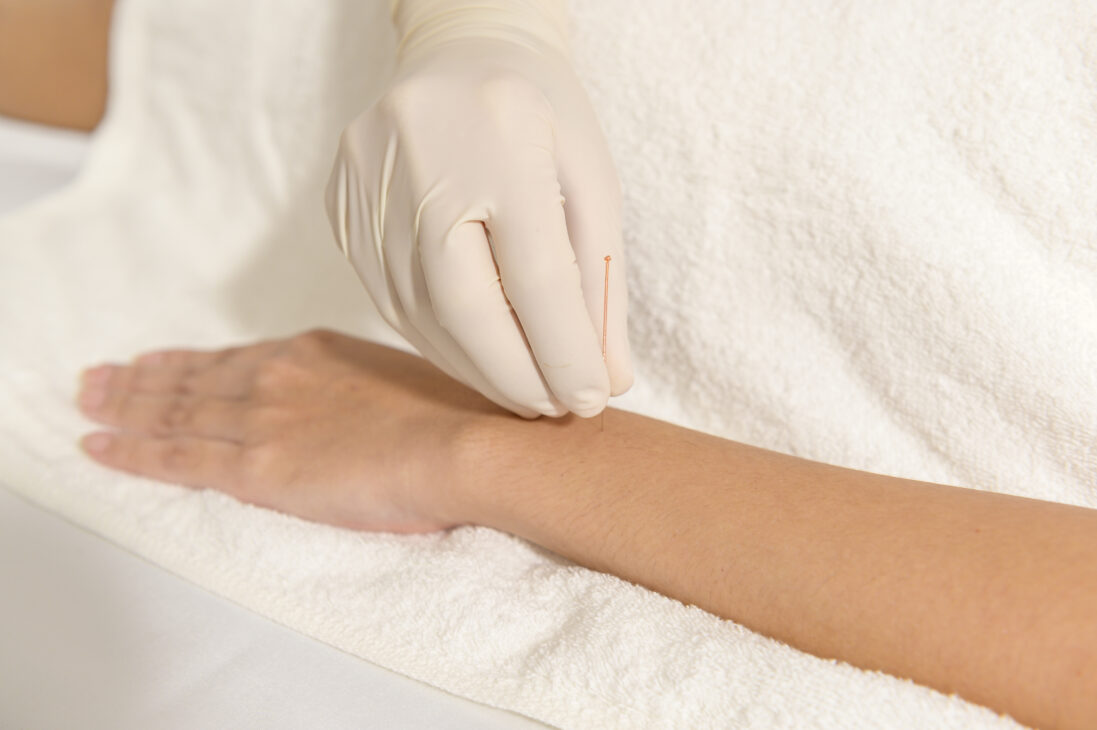
Time: The needles will be there on your body for five to twenty minutes. Depending on your condition, they can also be placed for up to an hour.
Session: The number of sessions usually varies from person to person. Some only need two to four sessions. And those with chronic illness undergo twelve or more sessions.
Post-treatment, the acupuncturist will suggest some home care. He or she may also recommend taking some Chinese herbs. You should always make sure to follow the advice.
Risks and side effects associated with acupuncture
It is the best alternative to modern medicine. That is why people are embracing it to improve their lives. But still, before counting on this therapy, there are a few things you must keep in mind:
- Talk with your doctor prior to undertaking this treatment. The reason is–acupuncture is not for everyone.
- Always consider a licensed acupuncturist who has some experience in treating patients.
- If you are consuming any blood thinners or have bleeding disorders, share about it during consultation.
- If you are pregnant, or someone with a pacemaker, then also you have to consult your doctor first.
- Those with skin problems or at risk of infection must inform the practitioner.
This therapy is safe. However, some people may experience mild, short-term side effects such as skin rash, minor bleeding or bruising around the area the needles were inserted, nausea, and emotional outburst. These side effects typically dissipate within 24 hours.
Wrapping up the basics of Acupuncture
Acupuncture is a flexible form of treatment as it can focus on many health ailments at once. The imperative thing to note is that it is a traditional, complementary therapy. And it is widely known to relieve pain and discomfort associated with a plethora of conditions. Further, there are no severe side effects of this therapy.
Incorporating basic acupuncture into your life and continuing with your medication can do wonders for your health. So, count on this approach if you wish to get rid of the pain as well as diseases and lead an improved life.

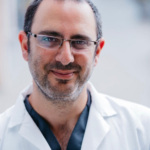
Dr. Alexander Ezzati
Dr. Alexander Ezzati is a Board Certified Acupuncturist and Herbalist located in Encino, CA. My approach is to re-balance the body and achieve relief without the need or use of harsh pharmaceutical drugs. Read more about him atBalance Within You.
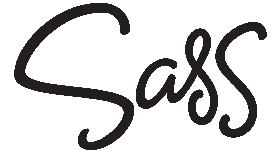
















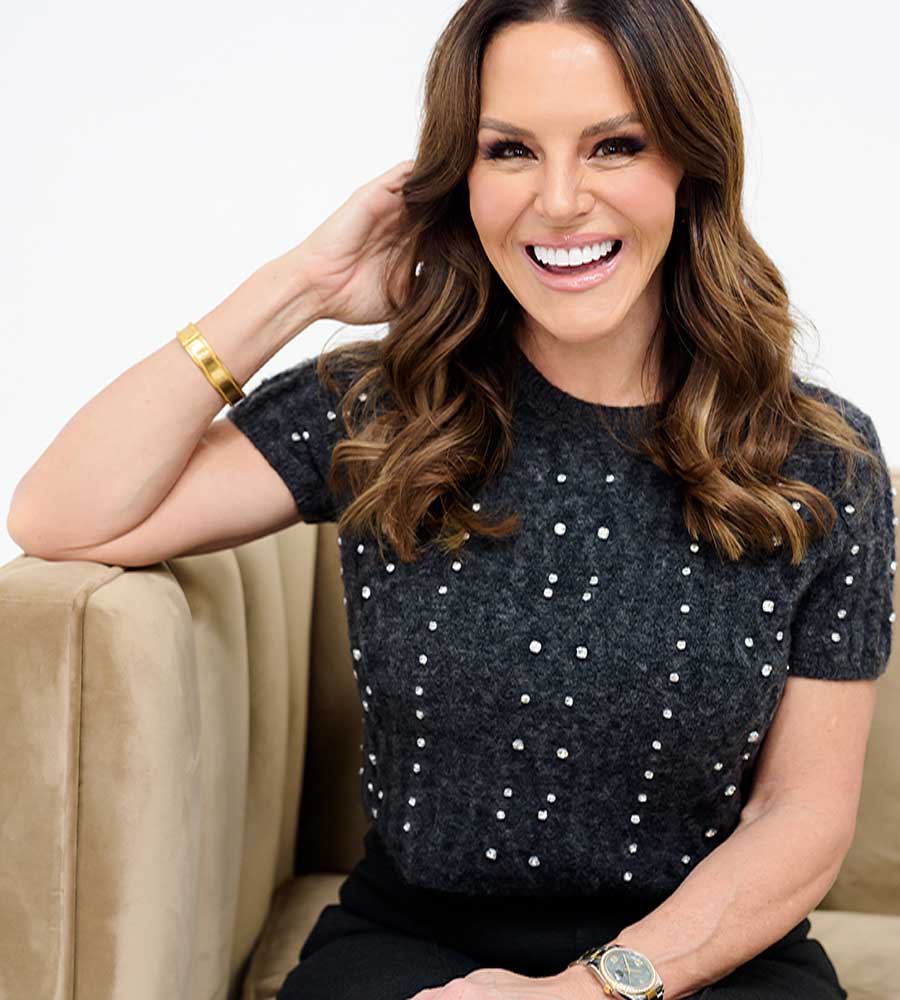
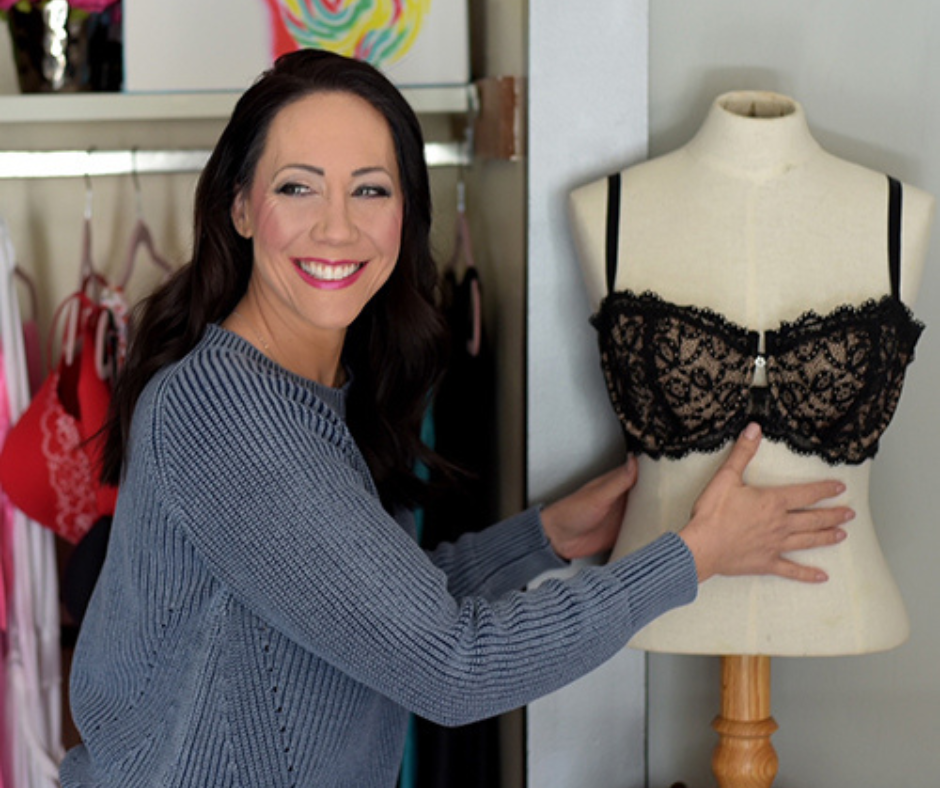
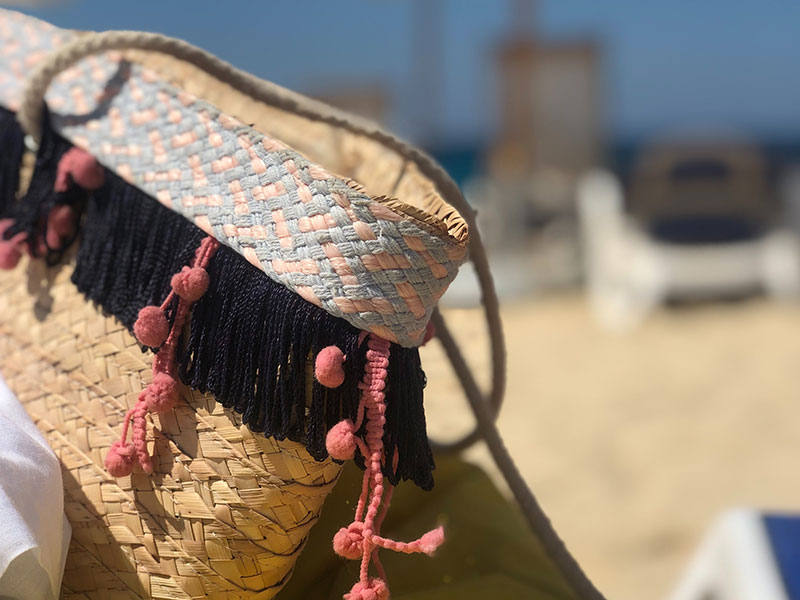
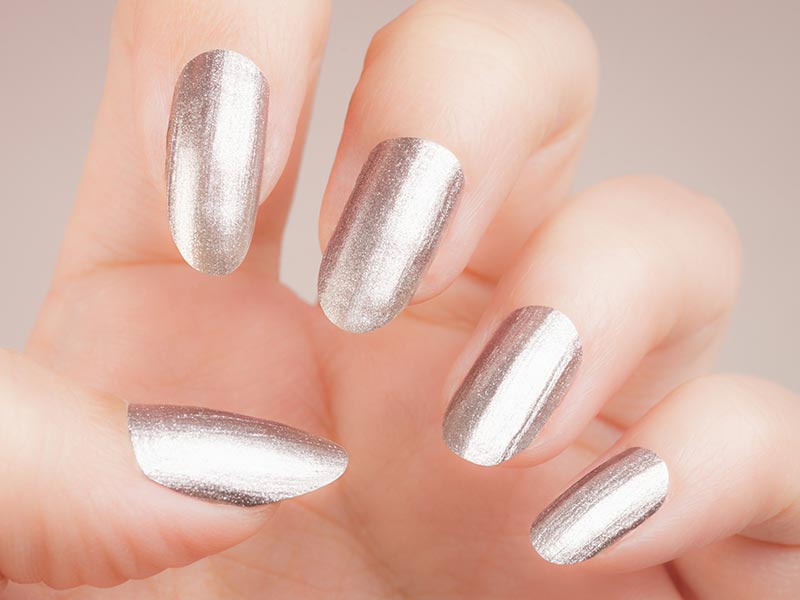



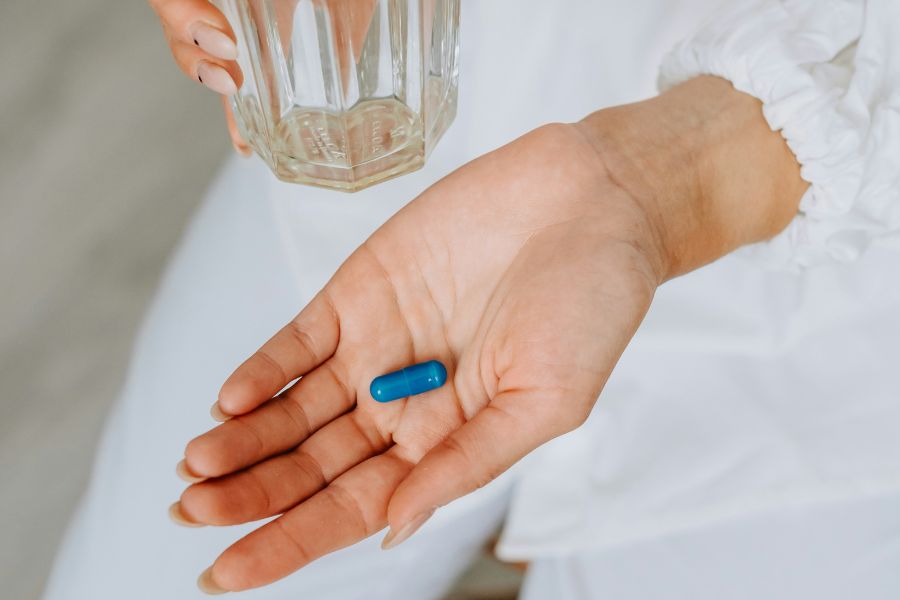
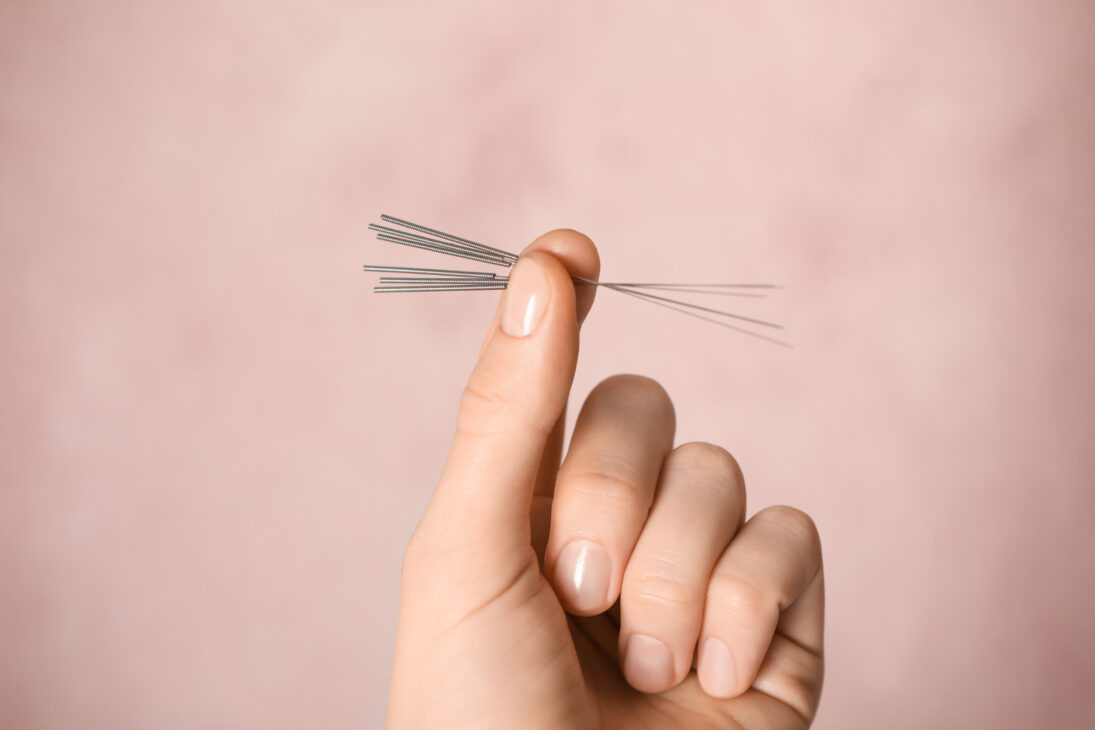
Subscribe so you don’t miss a post
Sign up with your email address to receive news and updates!